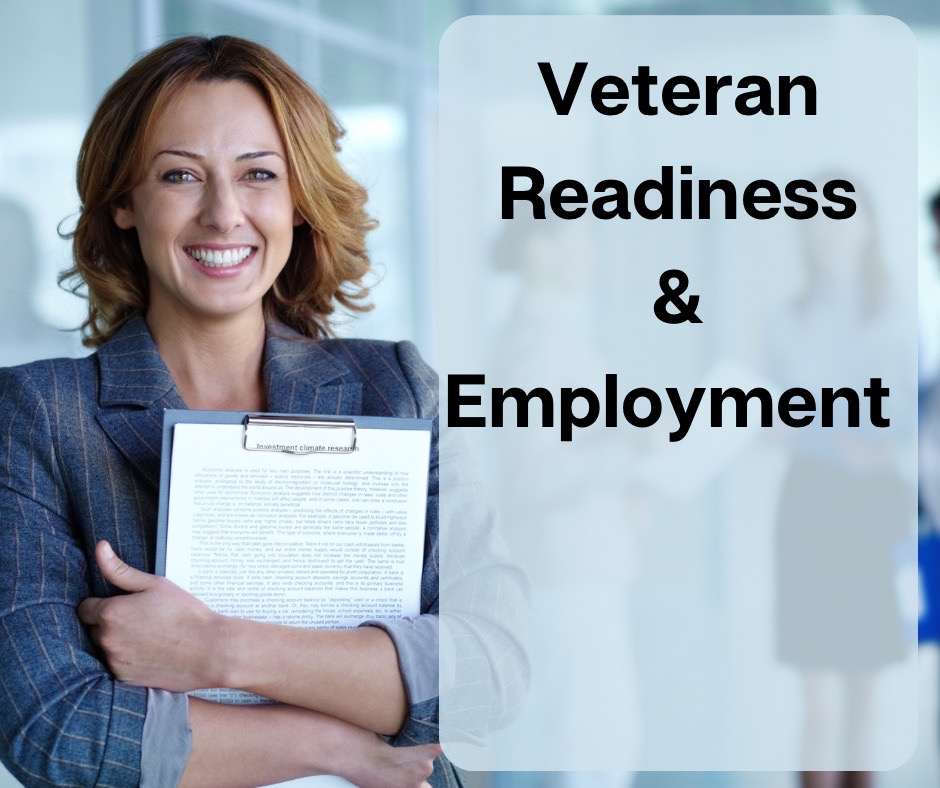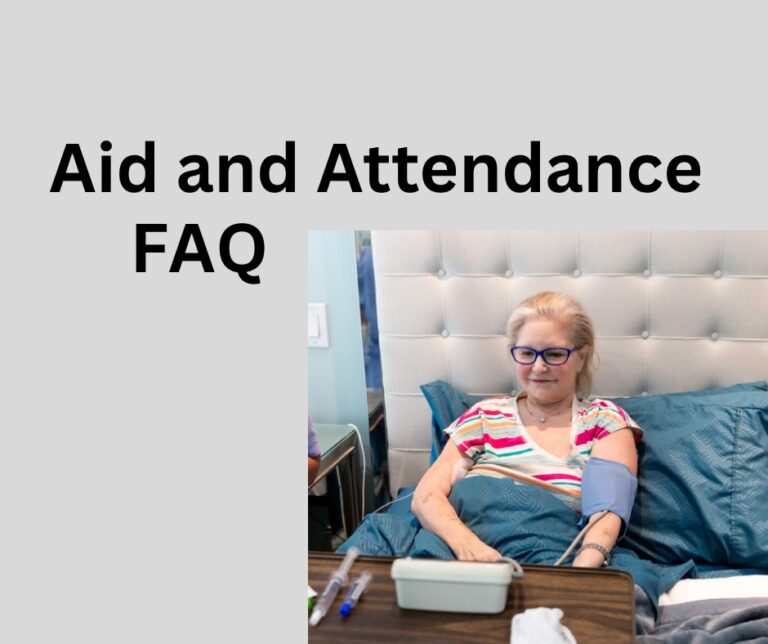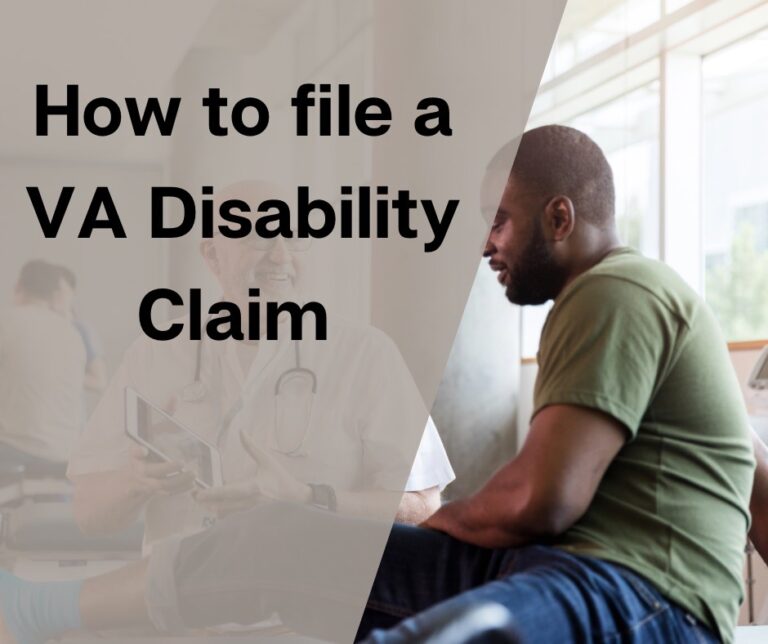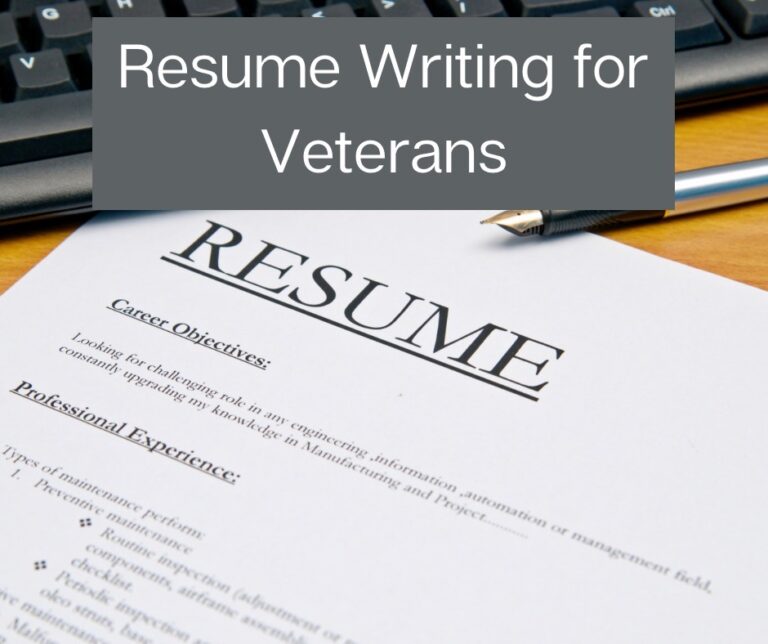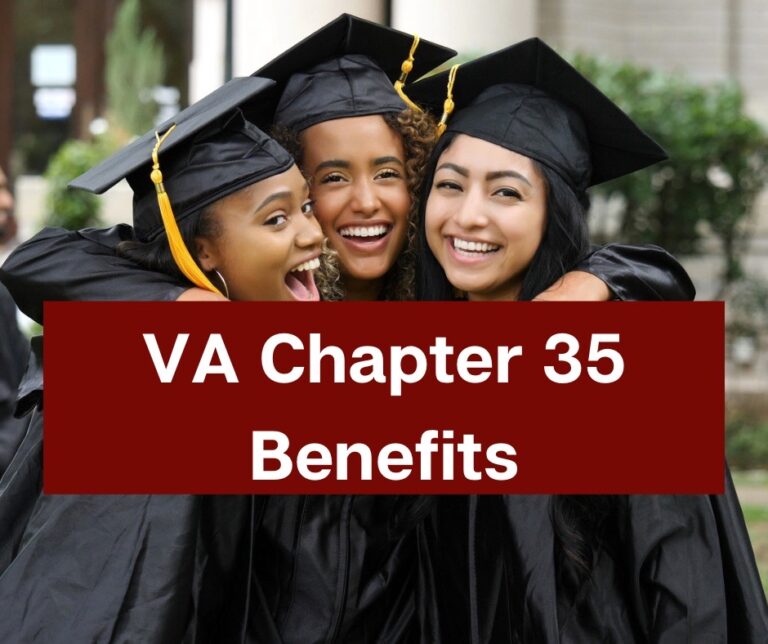Veteran Readiness and Employment (VR&E)
You are a Veteran. You served your country for however long you signed up for and now you have transitioned to civilian life. Now what?
The truth is that many military transition to civilian life and don’t walk into their dream job right away. They may have a job, but it’s not the career they imagined while in the Service, and it is definitely not something they want to do long term.
Veteran Readiness and Employment can help. This program use to be called Vocational Rehabilitation and Employment, or VocRehab. The VA offers training in several areas. The program is known as Chapter 31 and helps Veterans explore options for employment. VR&E also offers opportunities for education and training. They are organized into five different tracks. The tracks include services to help Veterans with education and training for a career as well as finding and keeping a job. They also offer services to help severely disabled Veteran live as independently as possible on the road to re-employment. Veterans can work through in order to find a career they love instead of just a job they do.
Eligibility
In order to be eligible for VR&E benefits, a Veteran must meet two requirements.
- They did not receive a dishonorable discharge.
- They have a service connected disability of at least 10% from the VA.
Veterans discharged from active duty before January 1, 2013 fall under a time limit. Their period of eligibility ends 12 years from either:
- The date they received notice of their date of separation, OR
- The date they received their first VA service-connected disability rating.
Veterans discharged from active duty on or after January 1, 2013 do not have a time limit on their eligibility.
Service members on Active Duty must have at least a 20% pre-discharge disability rating. If they are waiting for discharge due to a severe injury or illness, they also qualify.
Overview of Services
VR&E offers many services for Veterans seeking employment or a new career. These may include services such as:
- Skills evaluation and assessment to determine possible career fields
- Job training, resume development, and other support for work preparation
- Assistance in finding and keeping a job
- On-the-job training and apprenticeships
- Volunteer opportunities to develop needed work skills
- Post-secondary education at college, technical schools or business schools
The following sections walk through each of the five tracks with an explanation of what they offer.
Five Tracks for Veteran Readiness and Employment
The Veteran Readiness & Employment program is set up to help Veterans with service-connected disabilities that have an impact on their ability to work. That is why Veterans must have a service-connected disability of at least 10%. These five tracks offer education, help in finding and keeping a job, and help Veterans to live as independent as possible.
- Reemployment
- Rapid Access to Employment
- Self-Employment
- Employment Through Long-Term Services
- Independent Living
Reemployment Track
The Reemployment track with VR&E is for Service members who separate from the Reserves or the National Guard. If the Veteran has at least a 10% disability and a discharge that is not dishonorable, they may be eligible for assistance on the Reemployment track. This track assists with accommodations or modifications in the workplace. If the Veteran requires accommodation, the VR&E Counselor can work with the employer to make the necessary arrangements.
The VR&E Coordinator can help with coordinating VA Health services so that they will not interfere with the Veterans employment. Also, the coordinator can provide advice on the Veterans rights to reemployment with their former employer.
In order to be eligible for this track, the Veteran must:
- Have and employment barrier/handicap
- Be enrolled in VR&E
- Want to return to their former job
For Veterans on this track, their VR&E coordinator can offer services as well as refer the Veteran directly to the Department of Labor, if necessary, to facilitate the reemployment process.
Rapid Access to Employment Track
The Rapid Access to Employment assists Veterans who already have skills that will make them competitive in the job market. In order to be eligible for these services, Veterans must have a service connected disability rated at least 10% and:
- Have an employment handicap/barrier
- Be enrolled in VR&E
- Already have experience or training/education in your field
If a Veteran fits these criteria, they can receive assistance with resume development and certificate training. The VA can also provide career placement assistance as well as job-search assistance. This track provides services to place the Veteran in a career of their choice as quickly as possible.
Self-Employment Track
The Self-Employment track assists Veterans who have the interest and skills to start their own business. Currently there are over 2 million Veteran owned businesses in America. Veterans are 45% more likely to start their own businesses according to the Small Business Administration (SBA), and currently own 1 out of 10 small businesses in the US (Stilwell 2021).
To be eligible for this track, Veterans must:
- Have an employment handicap/barrier
- Be enrolled in VR&E
- Have difficulty preparing for, obtaining, and maintaining suitable employment in the work market
VR&E coordinators can assist the Veteran in developing a business plan. They can help with small business operations training. The VA can also help locate tuition resources for training and licensing, and may be able to assist with some startup costs. The coordinator may also put the Veteran in contact with the SBA for additional resources.
Employment Through Long-Term Services Track
The primary goal of this track is to provide more lengthy raining and assistance to Veterans, helping them find a job they can continue long-term. The requirements are the same as above. Veterans must:
- Have an employment handicap/barrier
- Be enrolled in VR&E
- Have difficulty preparing for, obtaining, and maintaining suitable employment
This track includes opportunities for training in a different career field. In this track Veterans may have access to formal courses. In addition, the training can include on-the-job training, apprenticeships, and other workplace preparation programs. Veterans can also receive a skills assessment and career guidance to help them decide which career they may want to move into.
The services in this track generally last until the Veteran has completed the track and maintained employment for 60 days. However, the services generally do not extend longer than 48 months.
This track is different from the GI Bill. It is possible to be eligible for both the GI Bill and VR&E training, in which case the Veteran will need to make the decision on which benefits they want to use for the job training.
Independent Living Track
The Independent Living Track is for Veterans whose service-connected disabilities effects their ability to perform the functions of daily living (bathing, dressing, driving, shopping), and thus also prevents them from holding a job. This track assist these Veterans to access the care and the resources they need to complete these daily living task in addition to helping with possible vocational counseling. In order to qualify for the services, Veterans must:
- Have a serious employment handicap
- Be prevented from looking for work or returning to work due to service-connected disabilities
- Be in need of services to live as independently as possible
For Veterans who qualify for this track, VR&E services may include assistance with connecting with community-based support services and providing assistive devices for the Veteran. They may also evaluate to see if the Veteran is eligible for a VR&E home adaptation grant to improve accessibility in the Veterans home, or for the VA adaptive-housing program.
Dependent Eligibility
In some instances dependents may be eligible for education and career counseling benefits. These benefits are provided through Personalized Career Planning and Guidance, known as Chapter 36. In order to be eligible for these benefits, dependents must be:
- The dependent of a Veteran
- Eligible for one of the VA education benefits
- Chapter 33 (Post 9/11 GI Bill
- Or Chapter 30 (Montgomery GI Bill Active Duty)
- Or Chapter 1606 (Montgomery GI Bill Selected Reserve)
If a dependent qualifies, they can receive educational and career counseling along with assistance in exploring their abilities and mapping out a path to employment in their chosen career field.
Final Thoughts
There are a few final things to note. First, a Veteran’s VR&E benefits do not deduct from their entitlement to other benefits such as the GI Bill. It is possible for a Veteran to utilize the VR&E program in order to secure employment, then turn around and utilize their GI Bill for further education.
VR&E offers hands on experience for Veterans to enable them to hone skills needed for a career. The VA offers special incentive programs for Veterans who may face certain challenges in securing a job. Veterans can find more information on the program may be found here. In addition, VR&E may be able to place a Veteran into the Non-Paid Work Experience program to get them work experience they require for a better chance at getting the job they want.
The VR&E program has a lot to offer for Veterans who are eligible for it. Bottom line is, the VA has resources to help you find the career that you will love.
As always, if you have any questions please feel free to contact us at info@nwavet.org.
God Bless,
NWAVet

